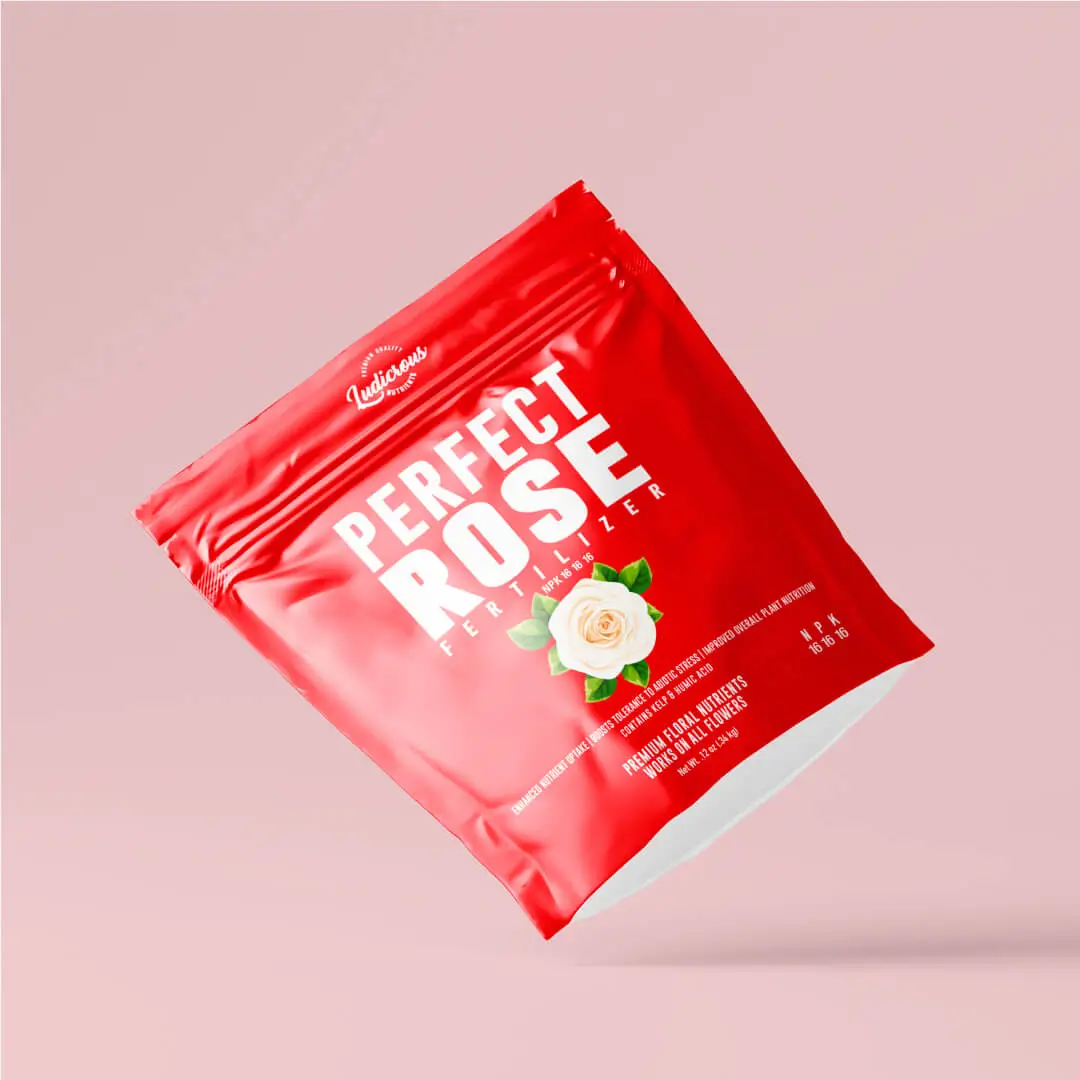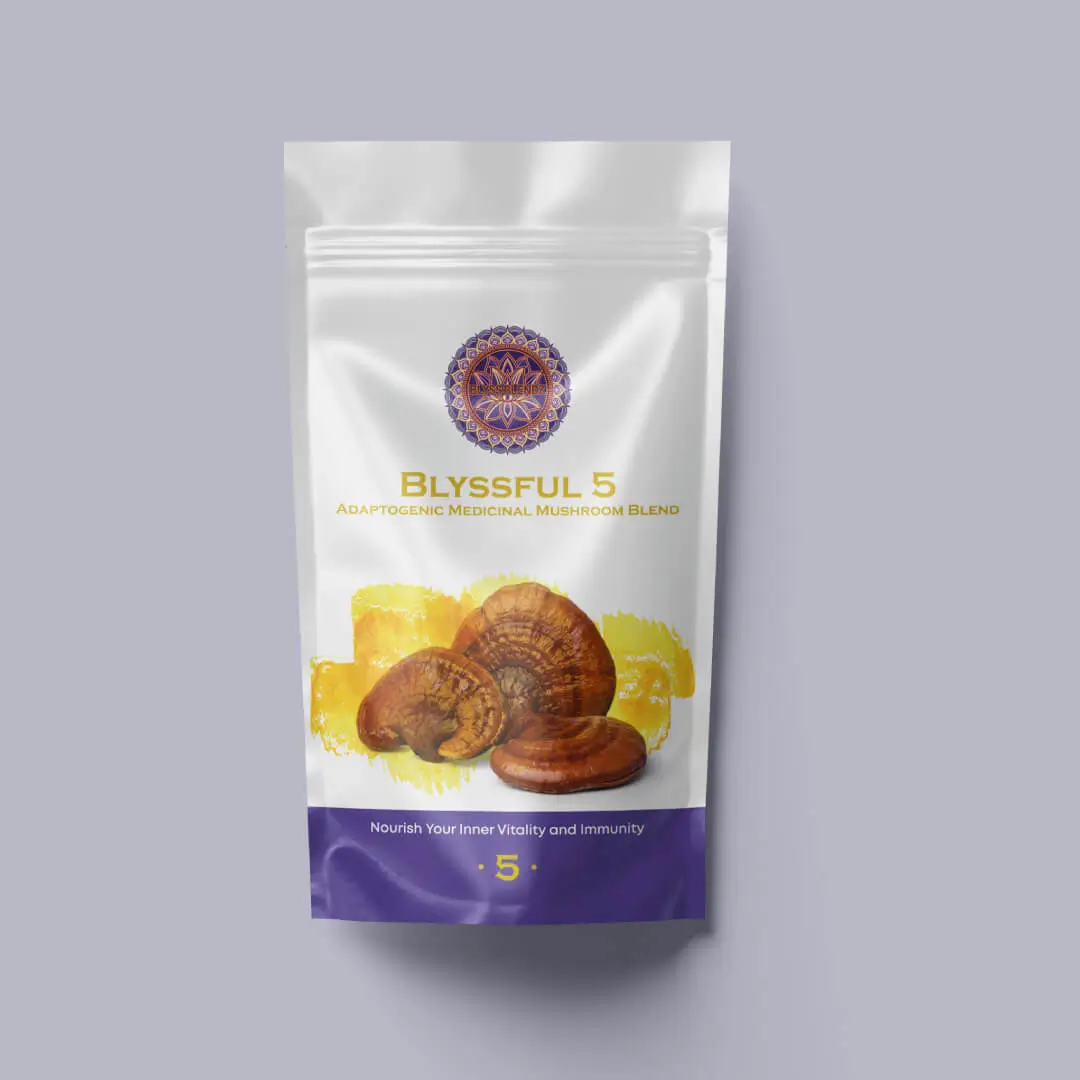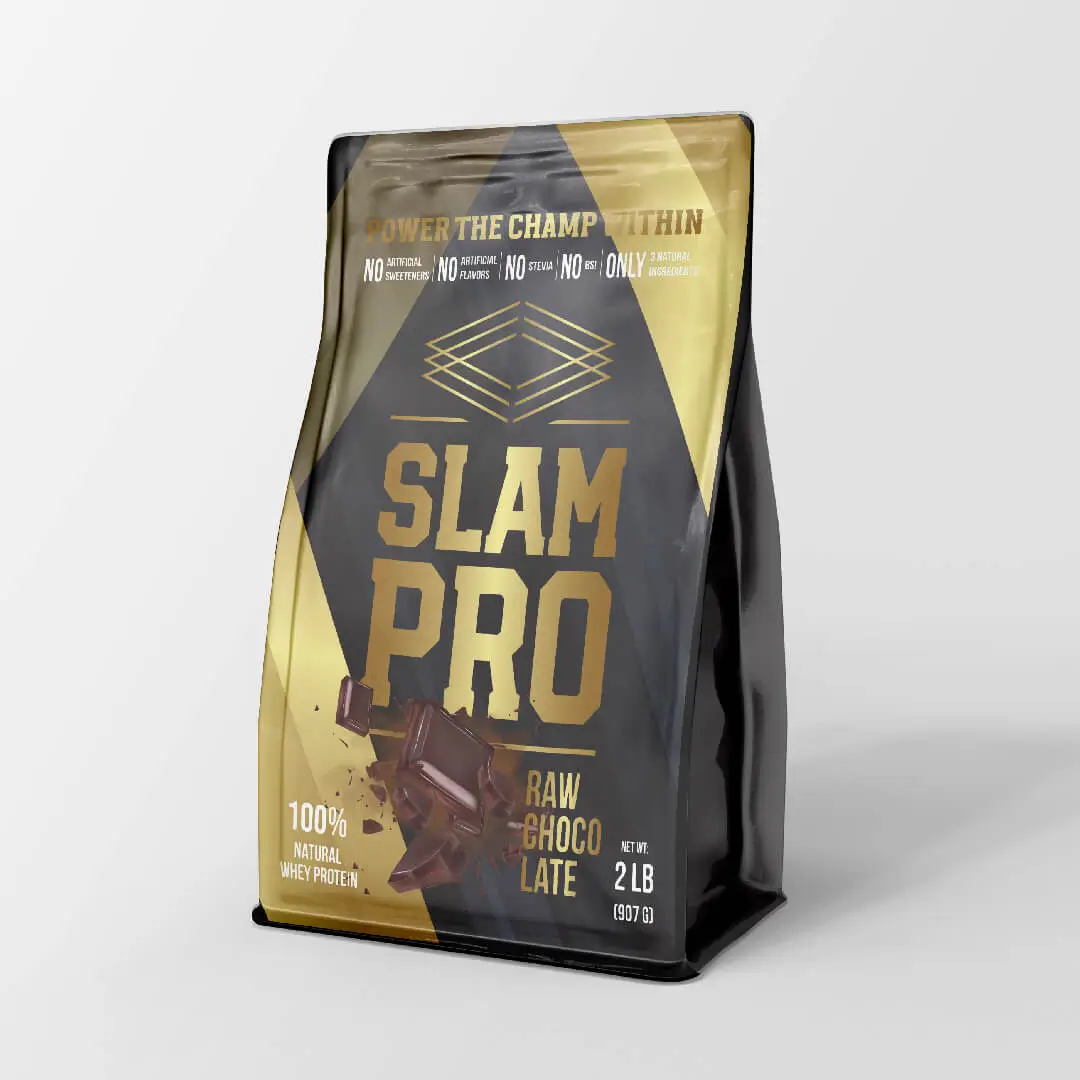Pouch packaging is popular for many products. It’s light, flexible, and eye-catching. Good graphic design can make your product stand out. Let’s explore how to create great pouch packaging.
Understand Your Product
First, know your product well and the type of packaging you need. What are you selling?
Is it food, cosmetics, or something else? Each product has different needs. Food needs to stay fresh. Cosmetics need to look luxurious.
Your product packaging design should match these needs and your target audience.
Know Your Target Market
Who will buy your product? Young people? Parents? Professionals? Your design should appeal to them. Use colors and styles they like. Speak their language on the packaging.
Choose the Right Pouch Type
There are many pouch types. Stand-up pouches are common. They stand on shelves easily. Flat pouches are good for small items. Spouted pouches work well for liquids.
Pick the type that fits your product best.

Select Materials Wisely
The pouch material matters. It affects how your product looks and stays fresh. Plastic is common and cheap. But some customers prefer eco-friendly options.
Paper or biodegradable plastics might work better for them.
Design the Shape
Pouch shape can be unique. A special shape can make your product stand out.
But it should also be practical. It needs to hold your product well. It should be easy to open and close too.
Plan the Size
Size is important. Your pouch should hold the right amount of product. It shouldn’t be too big or too small. Think about where it will be sold. Will it fit on store shelves?
Create an Eye-Catching Front Panel
The front of your pouch is crucial. It’s what customers see first. Use bold colors or interesting patterns. Make your brand name and logo clear. Show what the product is quickly and clearly.
Design Clear Information Panels
The back and sides of the pouch are for information. Include all required details here. List ingredients, usage instructions, and warnings. Make this text easy to read. Use a clear font and good spacing.
Incorporate Functional Features
Think about how people will use the pouch. Does it need a resealable zip? Should it have a tear notch for easy opening? Maybe a clear window to see the product? These features can make your packaging more user-friendly.
Choose Colors Wisely
Colors affect how people feel about your product. Bright colors catch the eye. Soft colors can look more premium. Make sure your colors match your brand. They should also appeal to your target market.
Use High-Quality Images
If you use images on your pouch, make them good. Hire a professional photographer if needed. Clear, attractive images can make your product look better. They can show what the product does or how to use it.

Consider Special Finishes
Special finishes can make your pouch look high-end. Matte finishes feel nice to touch. Glossy finishes shine on the shelf. Metallic elements can look luxurious. But remember, these cost more.
Design for Different Sizes
You might sell your product in different sizes. Design your packaging to work for all sizes. The basic design should stay the same. This helps customers recognize your brand easily.
Follow Legal Requirements
Different products have different legal rules. Food products need nutrition facts. Cosmetics need ingredient lists. Make sure you follow all rules for your product type. A packaging design company can help with this.
Keep It Consistent with Your Brand
Your pouch should match your other marketing. Use the same colors and style as your website and ads. This helps build a strong brand image. Customers will recognize your products easily.
Focus on Your Unique Selling Point
What makes your product special? Highlight this on the pouch. It could be “all-natural ingredients” or “extra strong.” Make this stand out in your packaging label design.
Make It Stand Out on Shelves
Imagine your pouch on a store shelf. Will it catch attention? Will it look different from competitors? Your design packaging should pop out among other products.
Keep It Simple
Don’t overcrowd your design. Too much information can confuse customers. Focus on the most important things. Use clean, simple designs. This often looks more professional.
Consider Different Markets
If you sell in different countries, think about cultural differences. Colors and symbols mean different things in different places. You might need to adjust your design for each market. A packaging design company can help with this research.
Balance Text and White Space
Don’t fill every inch of your pouch. White space is important. It makes your design look clean and professional. It helps important information stand out. Too much text can overwhelm customers.
Plan for E-commerce
More people shop online now. Your pouch needs to look good in digital photos. It should be easy to recognize in a small image. Think about how it will appear on a computer or phone screen.
Consider Limited Editions
Special edition packaging can create buzz. It can make your product feel exclusive. Plan for limited runs with unique designs. This can attract collectors and boost sales.
Use QR Codes
QR codes can add value to your packaging. They can link to recipes, how-to videos, or your website. This connects your physical product to digital content. It enhances the customer experience.
Make It Informative
Your pouch is a chance to educate customers. Share interesting facts about your product. Tell your brand story. But keep it brief and engaging. This can build a connection with customers.
Design for Different Sales Channels
Your product might be sold in various places. Supermarket shelves have different needs than online stores. Design a pouch that works well in all your sales channels. It should look good in person and in photos.
Use Embossing or Debossing
These techniques add texture to your pouch. They can make certain elements stand out. Your logo or product name can be embossed for a premium feel. It adds depth to your design.
Plan for Localization
If you might expand to other countries, plan ahead. Leave space for translations. Use universal symbols where possible. This makes it easier to adapt your packaging later.
Test in Real Conditions
See how your pouch looks in different lights. Check it under store lighting. See how it looks in sunlight. Make sure it’s clear and attractive in all conditions.
Remember, great packaging design is a blend of art and science. It needs to look good and work well. It should protect your product and sell it too. Working with experienced pouch designers can help you balance all these needs.
Whether you’re creating food packaging or designing for other products, take your time. Get feedback. Be willing to revise. Your packaging is often the first thing customers see. Make sure it represents your product and brand well.
With careful thought and creative design, your pouch packaging can be a powerful marketing tool. It can make your product stand out on crowded shelves. It can convey your brand values at a glance. Most importantly, it can turn shoppers into customers.
Remember, in the world of product packaging design, details matter. Every color, every word, and every shape sends a message. Make sure your pouch is sending the right one.
Packaging designs are crucial for success. They’re the face of your product. Take time to get it right. With these tips, you can create pouch packaging that sells. Remember, professional help from packaging design companies can make a big difference.
They bring expertise and fresh ideas. Whether it’s food packaging design companies or general pouch designers, their input can be valuable. Good luck with your packaging design journey!
Work with Professionals
Designing packaging isn’t easy. Many food packaging design companies specialize in this. They know the latest trends and rules.
Pouch designers can help create something unique. A packaging design company can guide you through the whole process.
Before finalizing, make a mockup. This is a test version of your pouch. It lets you see how it looks in real life. You can check if all elements fit well. You can also test how it feels in hand.



